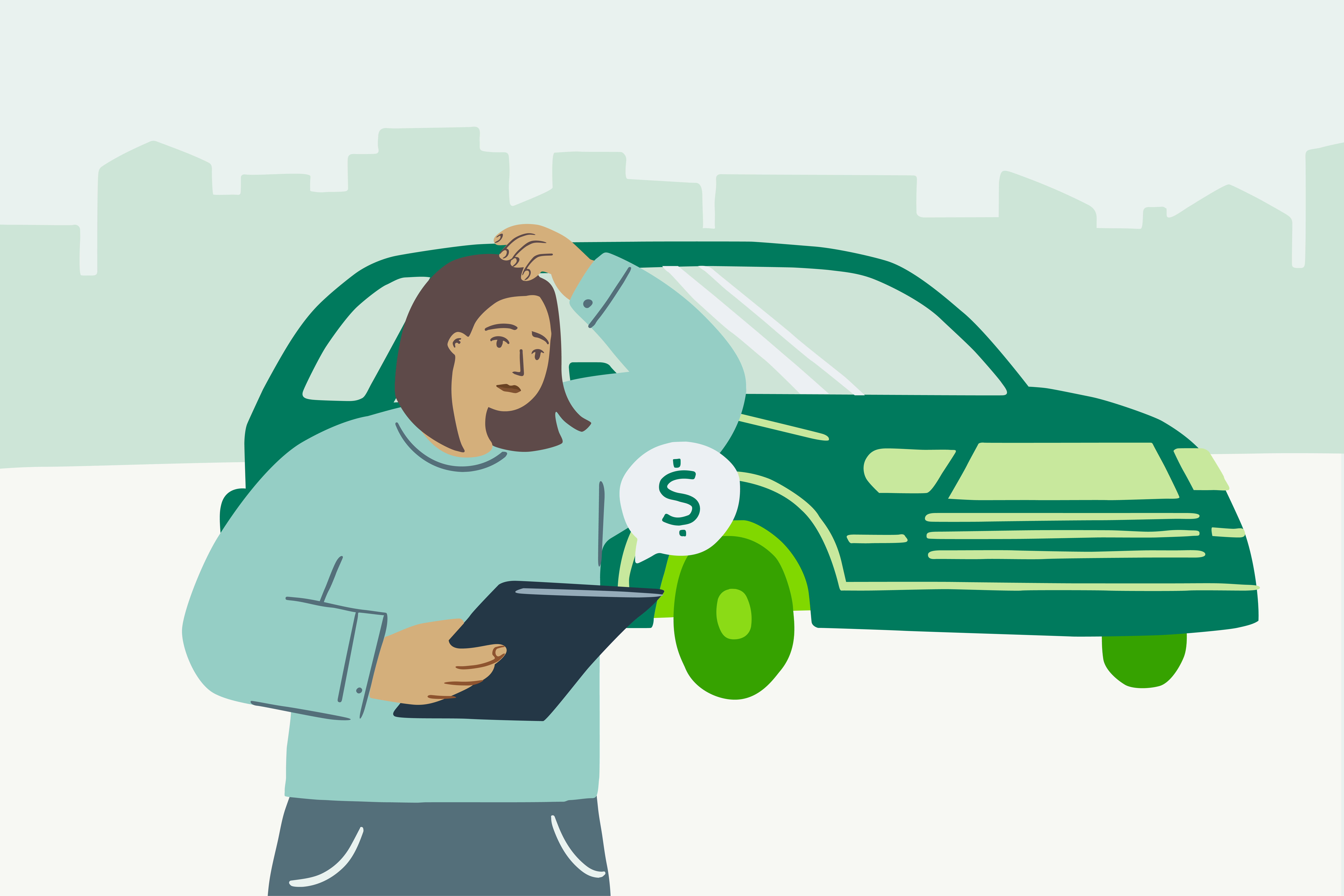How do accidents affect your insurance rates?
December 20, 2022
Something we’re all doing all the time, even subconsciously, is paying attention to the world around us. It might be as minor as noticing that your favorite barista got new glasses or that they've finally repaved the road, to noticing bigger things like adjusting your commute time to accommodate increased traffic.
The car insurance industry is also paying attention—specifically to trends and factors that may impact customer insurance rates. If you experience a change in your car insurance premium, for better or worse, the “why” behind it all may not be as clear to understand.
Insurance companies consider a number of
factors to shape customer car insurance premiums. But something that isn’t always talked about, but is paid attention to by insurers, are the driving behaviors of U.S. drivers.With U.S. car accident trends moving in the wrong direction, we’ll share how insurers are factoring them into rate adjustments and how certain car insurance models, like usage-based, can help ease costs.
The surge of car accidents in the U.S.
The New York Times reported that before 2015, fatal car accidents in the U.S. weren’t making headlines. Why? Safety advancements in cars, seat belt laws and legislation and an overall reduction in drunk driving were all doing a job to continually reduce deadly driving behaviors.
But near 2015, the decrease in fatal car accidents hit a turning point and began rising. In the U.S. vehicles on the road were getting bigger, drivers were more distracted and speeding more. The number of accidents continued to rise, with a sudden surge happening from 2020 to now—after the pandemic.
In the first few months of 2022, the National Highway Traffic Safety Administration (NHTSA) estimated that over 9k people died in car crashes alone. That's 20% higher than prepandemic numbers according to the New York Times. That's the sharpest influx of accidents since the 1940s.
Why more crashes since 2020? In the same article by the New York Times, researchers have a few theories. One theory is that empty roads may have encouraged drivers to speed, which can have fatal consequences. Another theory is that with traffic returning to normal levels in 2021, the isolation and disruption brought on by the pandemic has, in some instances, clouded drivers' judgment.
“They’re [drivers] a little bit less regulated — they might not be considering the consequences.”
– Kira Mauseth, a clinical psychologist at Seattle University
The increase in substance abuse and impulsive driving behavior—running red lights, failing to wear a seatbelt or driving while distracted—may also be postpandemic contributing factors that are leading the influx of car accidents.
With car accidents on the rise, how has it been impacting the auto insurance industry?
The connection between accidents and car insurance premiums
Like we mentioned earlier, there are a number of factors that influence a customer's car insurance premium and may cause it to increase. And as much as we’d like to think it is, car insurance isn’t a one-size-fits-all.
Think about the inflation trends of 2022—where the price of vehicles, parts and repairs felt less than wallet-friendly. When you pair that economic situation with supply chain issues, an influx in car accidents across the U.S. and all other factors that influence a customer's car insurance premium, it’s no wonder there isn’t a one-size-fits-all solution.
Due to the unpredictability of car accidents and repair costs, the cost to cover a claim may be increased. And in order to remain sustainable, most insurance companies may need to adjust rates as the cost of business and claims increase. Insurers may increase rates when certain trends show an increase in the claims cost that’s required to be paid out versus what the customers pay in.
Here’s a quick summary: higher car prices and higher costs to repair from accidents can equal a raised rate to compensate for increased losses.
How usage-based car insurance can help combat costs
UBI or usage-based insurance is becoming a more popular option for insurance customers looking for innovative ways to not only save on their bill, but also to have an insurance policy that is reflective of who they are as a driver.
Car insurance rates are trending upward throughout the industry as a whole and customers are rightfully looking for ways to combat costs. Behavior-based insurance can be a suitable option for good drivers who stay within speed limits, brake smoothly and drive distraction-free.
What determines insurance rates can seem uncertain and unpredictable, but your car insurance bill doesn’t have to be. As a behavior-based car insurance company, HiRoad recognizes your smooth moves and focus from behind the wheel and rewards you in monthly savings.
The information in this article was obtained from various sources not associated with HiRoad®. While we believe it to be reliable and accurate, we do not warrant the accuracy or reliability of the information. HiRoad is not responsible for, and does not endorse or approve, either implicitly or explicitly, the content of any third party sites that might be hyperlinked from this page. The information is not intended to replace manuals, instructions or information provided by a manufacturer or the advice of a qualified professional, or to affect coverage under any applicable insurance policy. These suggestions are not a complete list of every loss control measure. HiRoad makes no guarantees of results from use of this information.Stay on the path
Get HiRoad in your inbox
Share your email to get the latest about our community of mindful drivers.



